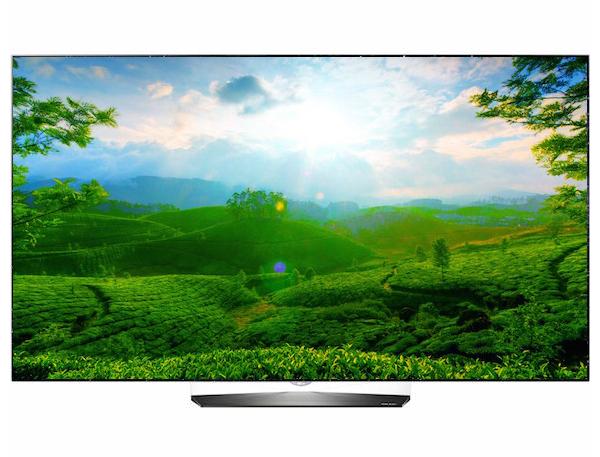S&V is right on regarding the energy efficiency of Class D amplification. I put two dedicated circuits in to power my Pioneer Elite SC-95, and my Behringer iNuke 6000 DSP Sub amp(which powers two 18" Dayton Ultimax subs) without sapping power from my other devices.
I wanted to see just how efficient these are, so I played some punishing bass-heavy music in 7.2.4 Dolby upmixing, on my 4-ohm speakers, at reference level. I could hear the AV room's sheetrock literally vibrating.....from the garage. I checked the circuits and they were both drawing about .8 amps a piece(!). That's what I call efficiency.































































